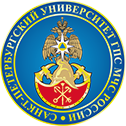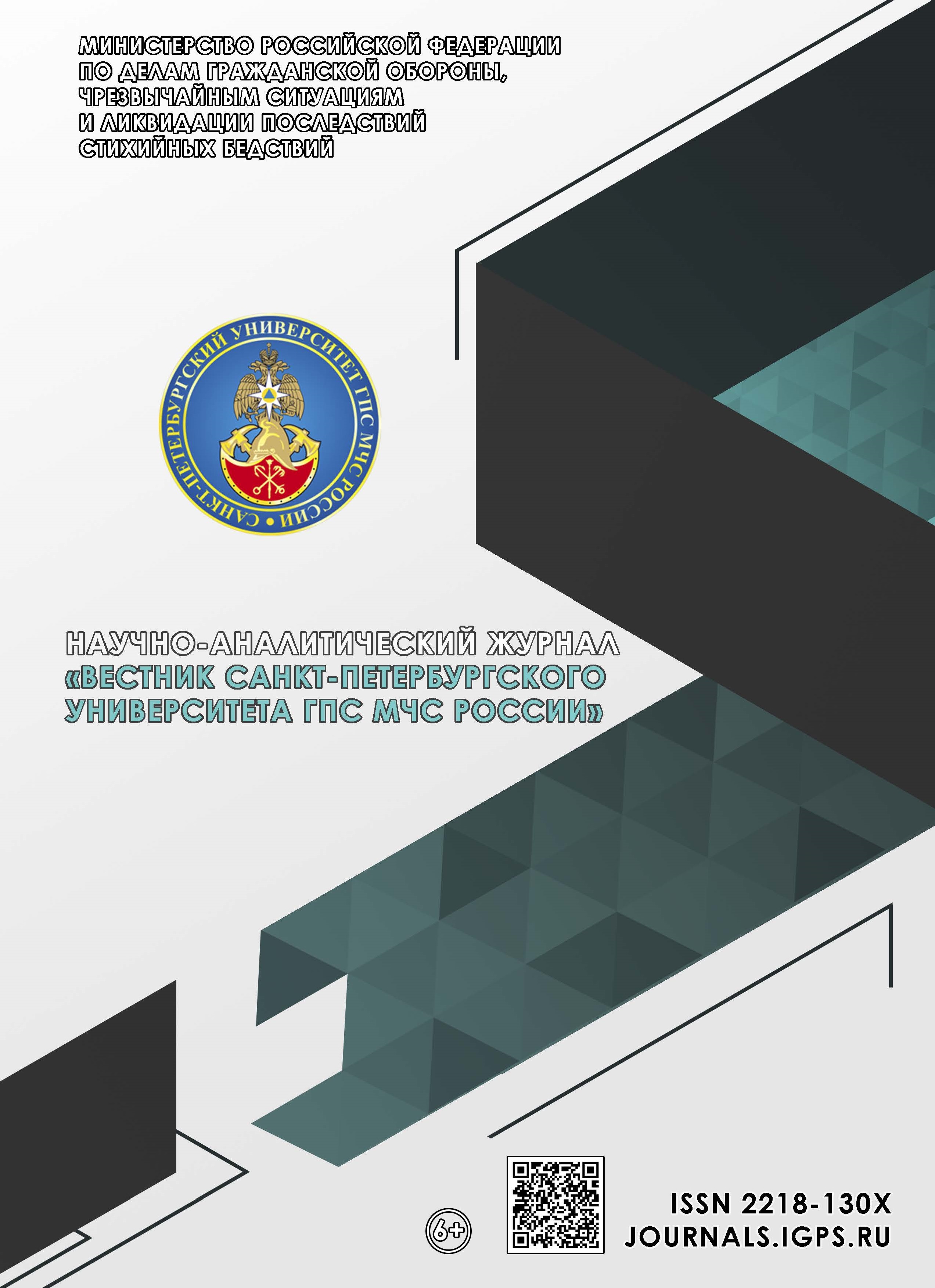Russian Federation
Russian Federation
Saint-Petersburg university of State fire service of EMERCOM of Russia (docent)
Russian Federation
Russian Federation
The article is devoted to the preparation and conduct of a training evacuation from the Winter Palace. The plan being developed is based on calculations of fire development and evacuation. Based on them, estimates of time parameters are given – the time of blocking and the time of evacuation of building sections, the difference between these indicators is estimated and possible delays in the start of evacuation are estimated. Also, based on calculations, an assessment of possible evacuation routes is given. This previously obtained information is important because museums have a feature expressed in the fact that visitors are not familiar with the layout, are poorly oriented in the building, and are in a special emotional status that does not imply a quick cancellation of intentions to inspect the exhibits. Therefore, an understanding of the available time is required, and personnel training is required to manage the evacuation. The thesis that the staff plays a key role was confirmed during the training evacuation, and other organizational conclusions were made.
museum, computer simulation, fire safety, design, fire hazards, evacuation, management
1. Issledovanie osobennostej processa evakuacii dlya ob"ektov kul'turnogo naslediya / T.Yu. Eremina [i dr.] // Pozharovzryvobezopasnost' / Fire and Explosion Safety. 2019. № 28 (1). S. 54–66. DOI:https://doi.org/10.18322/PVB.2019.28.01.54-66.
2. Kuligowski E.D. Computer Evacuation Models for Buildings. SFPE Handbook of Fire Protection Engineering. Springer New York. New York, NY, 2016. P. 2152–2180. DOI:https://doi.org/10.1007/978-1-4939-2565-0_60.
3. Evacuation Dynamics: Empirical Results, Modeling and Applications / A. Schadschneider [et al.] // Encyclopedia of Complexity and Systems Science. Springer New York. New York, NY, 2009. P. 3142–3176. DOI:https://doi.org/10.1007/978-0-387-30440-3-187.
4. Agent-Based Simulation of Pedestrian Behaviour in Closed Spaces: A Museum Case Study / A. Pluchino [et al.] // Journal of Artificial Societies and Social Simulation. 2014. № 17 (1). P. 16. DOI:https://doi.org/10.18564/jasss.2336.
5. Simulation and Optimization of Emergency Evacuation in Gold Museum Based on AnyLogic / X. Feng [et al.] // Journal of Physics: Conference Series. 2020. № 1650 (3). P. 32080. DOI:https://doi.org/10.1088/1742-6596/1650/3/032080.
6. Managing crowded museums: Visitors flow measurement, analysis, modeling, and optimization / P. Centorrino [et al.] // Journal of Computational Science. 2021. № 53. P. 101357. DOI:https://doi.org/10.1016/j.jocs.2021.101357.
7. Measurement and analysis of visitors’ trajectories in crowded museums / P. Centorrino [et al.]. 2019. DOI: 1 0.48550/arXiv.1912.02744.
8. Forecasting Visitors’ behaviour in Crowded Museums / C. Balzotti [et al.] // Collective Dynamics. 2020. 5(0 SE-Proceedings of Pedestrian and Evacuation Dynamics 2018). P. 499–501. DOI:https://doi.org/10.17815/CD.2020.82.
9. Modelling and numerical simulation of pedestrian flow evacuation from a multi-storey historical building in the event of fire applying safety engineering tools / C. Caliendo [et al.] // Journal of Cultural Heritage. 2020. № 41. P. 188–199. DOI:https://doi.org/10.1016/j.culher.2019.06.010.
10. Path intelligent optimization for dense crowd emergency evacuation in heritage buildings / C. Yuxin [et al.] // Journal of Cultural Heritage. 2021. № 47. P. 180–187. DOI:https://doi.org/10.1016/j.culher.2020.06.007.
11. Himoto K., Nakamura T. An Analysis of the Post-earthquake Fire Safety of Historic Buildings in Kyoto, Japan // Fire Technology. 2014. № 50. P. 1107–1125. DOI:https://doi.org/10.1007/s10694-013-0330-0.
12. How Do People with Disabilities Consider Fire Safety and Evacuation Possibilities in Historical Buildings? – A Swedish Case Study / K. Lena [et al.] // Fire Technology. 2012. № 48 (1). P. 27–41. DOI:https://doi.org/10.1007/s10694-010-0199-0.
13. Fire Safety in Museums: Simulation of Fire Scenarios for Development of Control Evacuation Schemes from the Winter Palace of the Hermitage / E. Kirik [et al.] // Buildings. 2022. № 12. P. 1546. DOI:https://doi.org/10.3390/buildings12101546.
14. Kirik E.S., Malyshev A.V. Testirovanie komp'yuternyh programm po raschetu vremeni evakuacii na primere modulya SigmaEva // Pozharnaya bezopasnost'. 2014. № 1. S. 78–85.
15. Raschetno-analiticheskij programmnyj kompleks «Sigma PB» po modelirovaniyu razvitiya pozhara i evakuacii / K.Yu. Litvincev [i dr.] // Pozharnaya bezopasnost'. 2016. № 4. S. 51–59.
16. Pedestrian Movement Simulation for Stadiums Design / E. Kirik [et al.] // IOP Conference Series: Materials Science and Engineering. 2018. № 456. P. 012074. DOI: 1088/1757-899X/456/1/012074.
17. Gosudarstvennyj Ermitazh. URL: https://www.hermitagemuseum.org/wps/portal/hermitage/ (data obrashcheniya: 16.06.2022).







